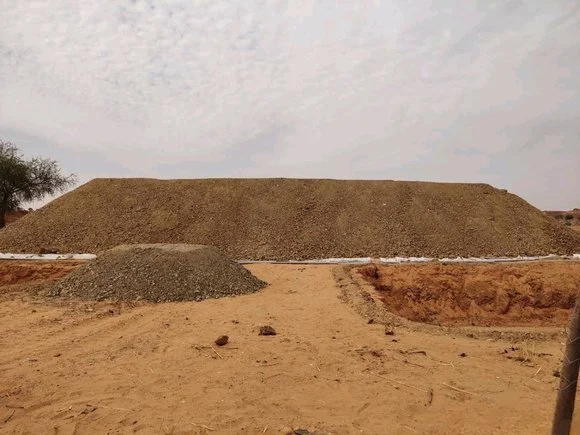
The Gold pile leaching process involves piling low-grade gold ores or flotation tailings on a base material and cyclically spraying a Sodium cyanide solution to dissolve the gold in the ore and recover it from the pregnant solution. This process mainly includes the construction of the leaching site, ore pretreatment (crushing or granulation), piling, spray leaching, gold recovery from the pregnant solution, and disinfection and unloading of the waste ore pile. During the leaching process, multiple parameters need to be controlled to achieve good beneficiation results. This article will introduce the technical requirements of granulation, piling and spraying.
1. Granulation
For the success of the gold pile leaching process, the leaching materials must have good permeability to allow the cyanide solution to pass evenly through the ore pile. Most ores need to be crushed to 25.4mm or finer before granulation to expose the gold contained in the ore and improve the gold recovery rate.
During granulation, the amount of lime used must reach a pH value between 9.5 - 10.5. Due to the high humidity of the ore (with a water content of more than 10%) and many impurities in the ore, the concentration of Sodium Cyanide should be increased during granulation. The concentration of sodium cyanide is controlled at about 60 - 150 grams per ton of gold ore. The total water content of the granules generally should not exceed 30%, otherwise the granules are prone to loosen and soften. The curing time should be more than 72 hours. If it rains during granulation, the grains must be covered to prevent gold loss.
2. Piling
The gold pile leaching site can be set on a slope, in a valley or on flat ground. However, for flat ground, a slope of 3% - 5% is required. The height of the ore pile should not be too high at the beginning, preferably 3 - 4 meters, and can be increased after the leaching rate stabilizes.
After cleaning and leveling the ground, anti-seepage treatment is required. To protect the ore pile, flood discharge ditches should also be set up around the leaching site. The cushion layer of the leaching site can be laid about 0.5m thick on the compacted foundation, and then a sodium carbonate solution is sprayed on it to enhance its anti-seepage performance.
3. Spraying
3.1 Spray Concentration
The agglomerated ore particles after granulation should not be washed again. The pH value should be adjusted through the granulation process. Due to the complex composition of gold ores, the concentration of sodium cyanide during the initial spraying can be appropriately increased. It can be controlled at 0.1% - 0.08% during the peak period (when the gold leaching concentration is the highest), and then can be reduced to 0.08% - 0.06%. In the later stage, it can be reduced to 0.04% - 0.02%. The concentration of sodium cyanide can be adjusted at any time according to the gold content in the pregnant solution.
3.2 Spray Cycle
The spraying time is generally 7 - 8 hours per day, and at most should not exceed 10 hours (but the dosage should be reduced). Generally, it is spray for 1 hour and stop for 1 hour or spray for 1 hour and stop for 2 hours. The spraying time should not be too long, so that the ore pile can breathe oxygen when not spraying. If the spraying time is long and the frequency is high, it will increase the volume of the solution, reduce the concentration of the mother liquor, and waste sodium cyanide. At the same time, it will increase the volume of the mother liquor and affect the adsorption capacity of the gold-loaded carbon.
3.3 Spray Intensity
The spray intensity is related to the spraying time and the spraying amount. Generally, the spray intensity should be controlled at 6 - 20L/m2•h (6 - 20L/m2×hour), and at most should not exceed 25 - 30L/m2•h (which can be calculated according to the area of the leaching site, the daily spraying amount and time). If the spray intensity is high, it will increase the volume of the pregnant solution, dilute the gold concentration, and affect the adsorption capacity of the activated carbon (generally, the adsorption capacity of activated carbon is 8 - 10kg/t). If the volume of the pregnant solution is large, within the same adsorption time, due to the low gold concentration, the adsorption amount will decrease and the adsorption time will be prolonged, which will also increase the workload and cost of the desorption and electrolysis system. Therefore, the spray amount should not be too large and the spray frequency should not be too high.
In conclusion, the above are the technical requirements of granulation, piling and spraying in the gold pile leaching process. The gold pile leaching method is widely used because of its simple process, few equipment and low cost. In actual production, mine owners should pay attention to controlling the parameters of each link to ensure good leaching results.
- Random Content
- Hot content
- Hot review content
- The Essential Guide to Sodium Cyanide: Usage Cases and Sourcing
- Dithiophosphate 25S
- Acetone
- Cobalt Sulphate Heptahydrate
- Hydrogen Peroxide
- Manganese sulfate
- Food grade Antioxidant T501 Antioxidant 264 Antioxidant BHT 99.5%
- 1Discounted Sodium Cyanide (CAS: 143-33-9) for Mining - High Quality & Competitive Pricing
- 2China's New Regulations on Sodium Cyanide Exports and Guidance for International Buyers
- 3Sodium Cyanide 98% CAS 143-33-9 gold dressing agent Essential for Mining and Chemical Industries
- 4International Cyanide(Sodium cyanide) Management Code - Gold Mine Acceptance Standards
- 5China factory Sulfuric Acid 98%
- 6Anhydrous Oxalic acid 99.6% Industrial Grade
- 7Oxalic acid for mining 99.6%
- 1Sodium Cyanide 98% CAS 143-33-9 gold dressing agent Essential for Mining and Chemical Industries
- 2High Quality 99% Purity of Cyanuric chloride ISO 9001:2005 REACH Verified Producer
- 3Zinc chloride ZnCl2 for High Molecular Weight Polymers Initiator
- 4High Purity · Stable Performance · Higher Recovery — sodium cyanide for modern gold leaching
- 5High Quality Sodium Ferrocyanide / Sodium Hexacyanoferr
- 6Gold Ore Dressing Agent Safe Gold Extracting Agent Replace Sodium Cyanide
- 7Sodium Cyanide 98%+ CAS 143-33-9

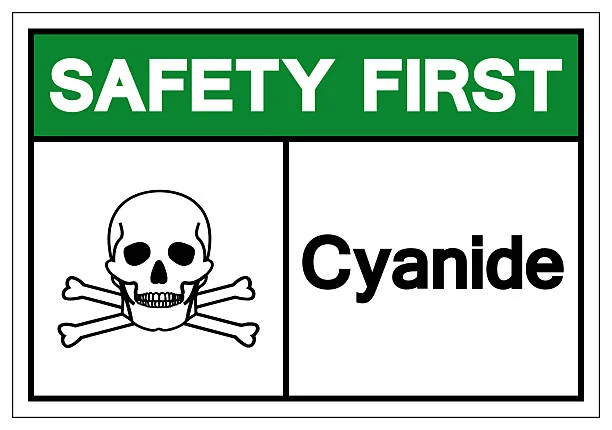
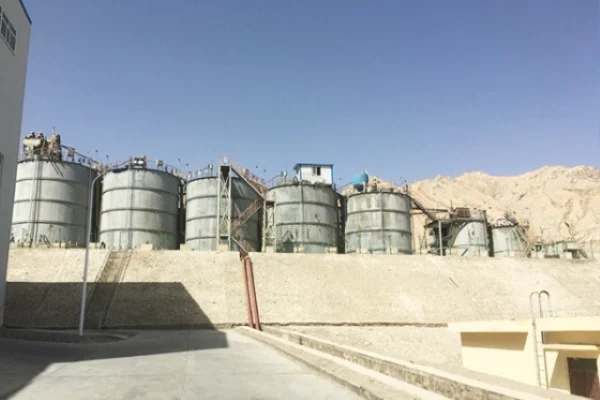
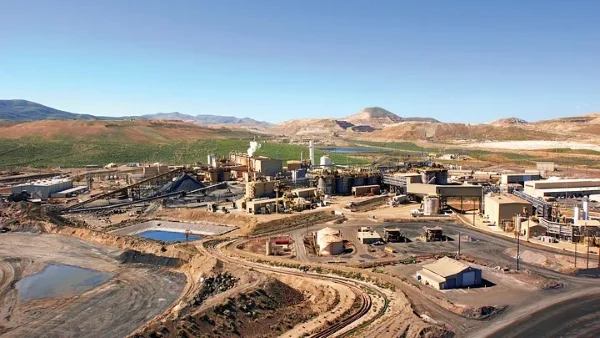

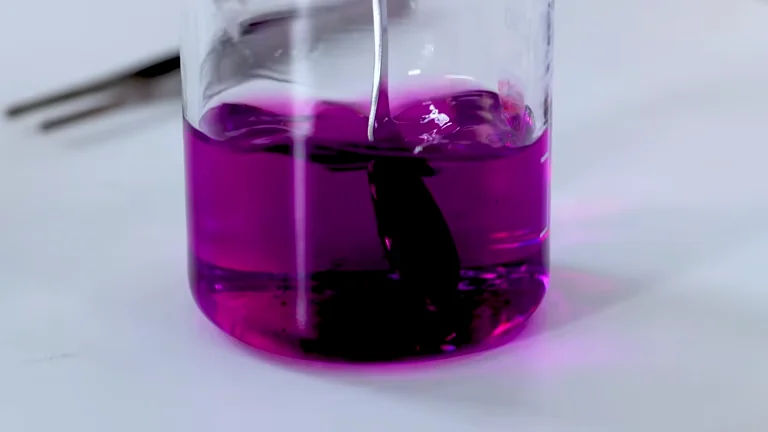





Online message consultation
Add comment: